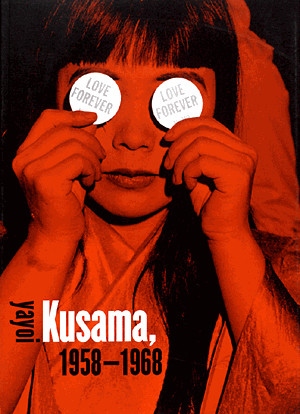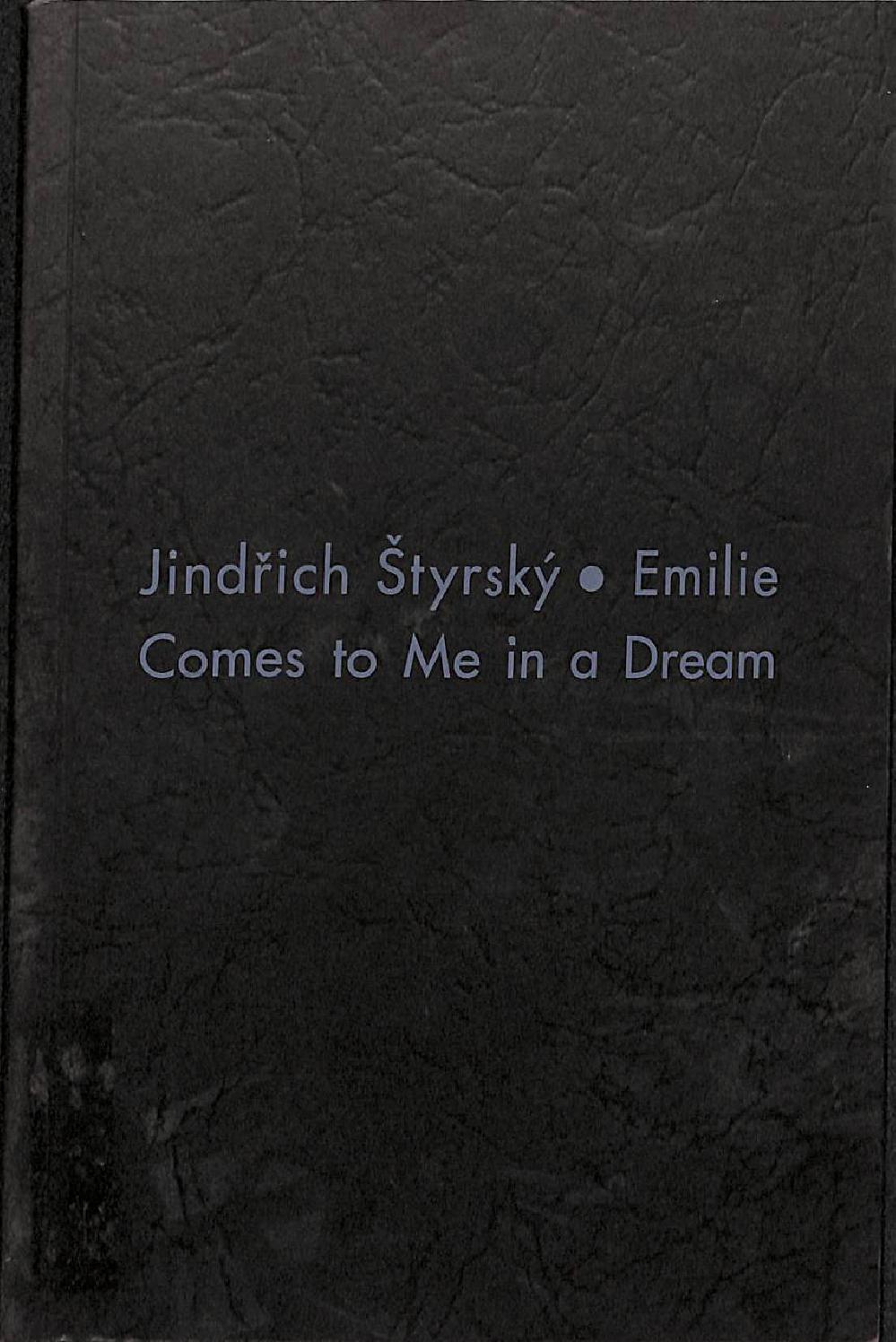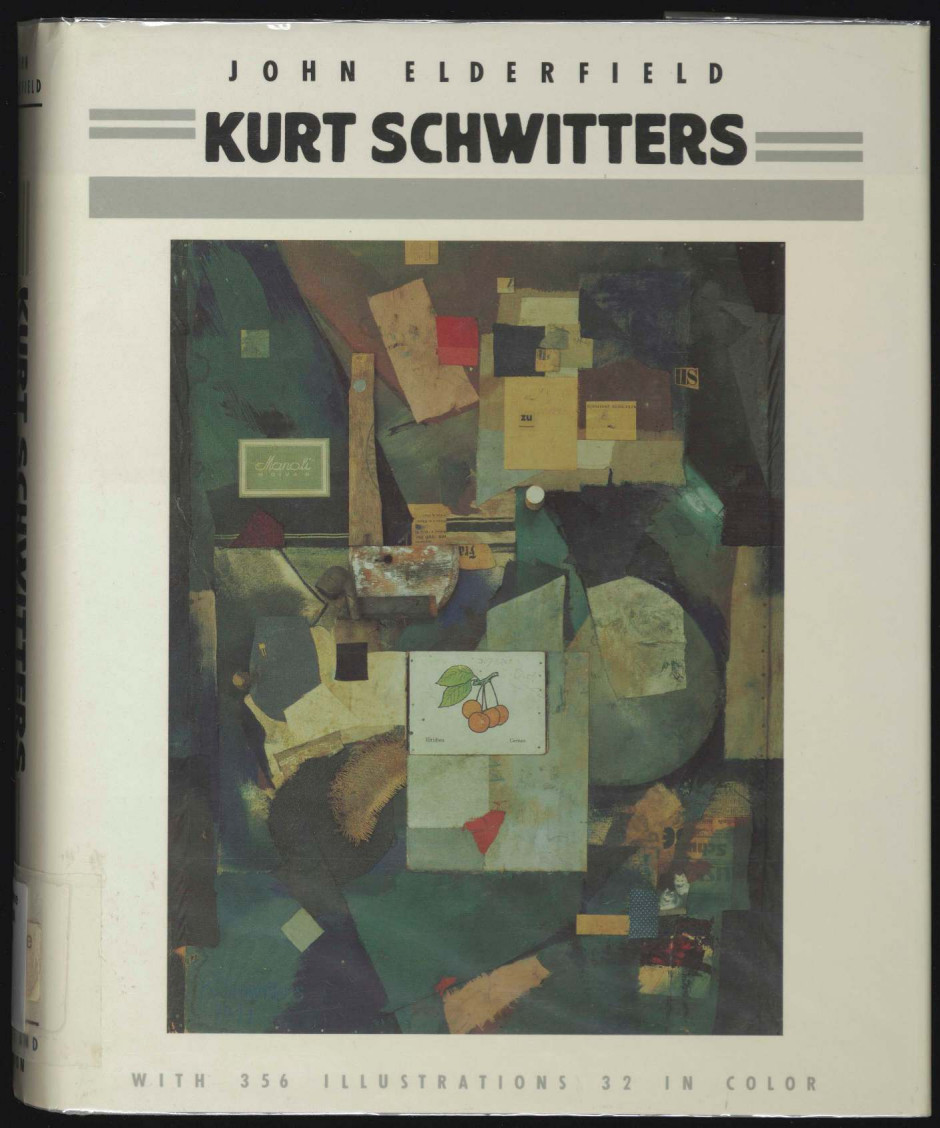Love Forever: Yayoi Kusama, 1958-1968 (1998) [EN, JP]
Filed under catalogue | Tags: · art, collage, installation art, minimal art, painting, performance art, pop art

Yayoi Kusama’s work combines elements of expressionism, minimalism, surrealism and pop art.
“Although an active experimental artist throughout her time in New York during the ’50s and ’60s, Kusama had been largely forgotten by the United States public after her return to Japan in the ’70s. That is, until her artwork began circulating across the US and globe again in the mid-’90s. One of these major retrospectives, Love Forever: Yayoi Kusama, 1958-1968, was co-organized by the Los Angeles Museum of Art and The Japan Foundation, and travelled from Los Angeles to New York City and to Minneapolis.
Kusama described this moment in her autobiography Infinity Net: “My exhibition at Robert Miller Gallery that year… won an AICA award. A review in Time Out said that ‘Kusama has kept out of sight, ensconcsed in her own infinite world, but now she’s back to reclaim her rightful place in the history of postmodernism…’ But the biggest highlight came in March 1998 when Love Forever opened at the Los Angeles Museum of Art. This grand retrospective cemented the reassessment of Kusama as a major avant-garde artist. It included some eighty pieces and had taken five years to compile.””
With essays by Lynn Zelevansky, Laura Hoptman, Akira Tatehata, and Alexandra Munroe.
Publisher Los Angeles County Museum of Art, Los Angeles, 1998
ISBN 087587181X, 9780875871813
195 pages
via MoMA
Online companion to exhibition (MoMA)
WorldCat
PDF (English, 1998)
PDF (Japanese, 1999)
Jindřich Štyrský: Emilie Comes to Me in a Dream (1933/1997)
Filed under artist publishing | Tags: · collage, dreams, eroticism, sexuality, surrealism

Jindřich Štyrský (1899–1942) was a painter, poet, photographer, collage artist and editor. A founding member of The Surrealist Group of Czechoslovakia he edited Erotická revue that included illustrations by well-known Czech artists and had an imprint called Edice 69 (Edition 69) where Emilie přichází ke mně ve snu, a portfolio of 10 erotic surrealist photo-collages, appeared in 1933 as its sixth and final volume. Štyrský believed that in pornography he had found a destabilizing medium that could be used to subvert established social and artistic norms. Bohuslav Brouk, a psychoanalyst affiliated with the Czech surrealists, contributed an afterword in which he commented forcefully on the subject of pornography as art. Despite its small run of 69 copies, the book is now considered a masterpiece of Czech Surrealism.
This new edition contains 12 collages, two of which were edited out from the original.
New edition
With an afterword by Bohuslav Brouk
Publisher Ubu Gallery, New York, 1997
35 pages
via Oh Top Book Photobooks
PDF (low res, 5 MB)
See also collection of 21 collages in Centre Pompidou
John Elderfield: Kurt Schwitters (1985)
Filed under book | Tags: · art history, avant-garde, biography, collage, constructivism, dada, machine

“Designed to accompany the Schwitters exhibitions in New York, London and Hanover, John Elderfield’s masterly study of Schwitters fulfils all the promise of his articles on that artist from the years 1969 to 1977 and surpasses any other academic work on the same subject in five major respects: first, in its attention to all phases of Schwitters’s work (the pre-1917 and post-1937 phases as well as the classically Merz period); second, in its judicious and balanced attention to all aspects of Schwitters’s multi-media work; third, in its refusal to reduce Schwitters’s artistic and theoretical work to one simple set of ideas or to privilege one mode of expression over another; fourth, in its generous sense of the rich artistic background (Cubism, Sturm, Dada, Constructivism) out of which Schwitters’s variegated work arose; and fifth, in its prodigious familiarity with the vast secondary literature dealing with the Modernist avant-gardes. The extent of Elderfield’s research is immensely impressive and the result of this is an authoritative, clearly-written book which combines a sure grasp of factual detail, a shrewd analytical sense vis-a-vis individual works, a complex understanding of the theoretical problems posed by Schwitters’s cpuvre and a fluid empathy with all of its levels. Quite apart from the 355 high-quality illustrations, the uniform excellence of Elderfield’s text makes the book indispensable for any serious student of German and European Modernism and effortlessly accessible to the non-specialist as well.” (Richard Sheppard’s 1986 review)
Publisher Thames and Hudson, London, 1985
ISBN 0500234264
424 pages
via MoMA
Reviews: Richard Sheppard (J Eur Studies, 1986), Dawn Ades (Burlington Mag, 1986).
Comment (0)
